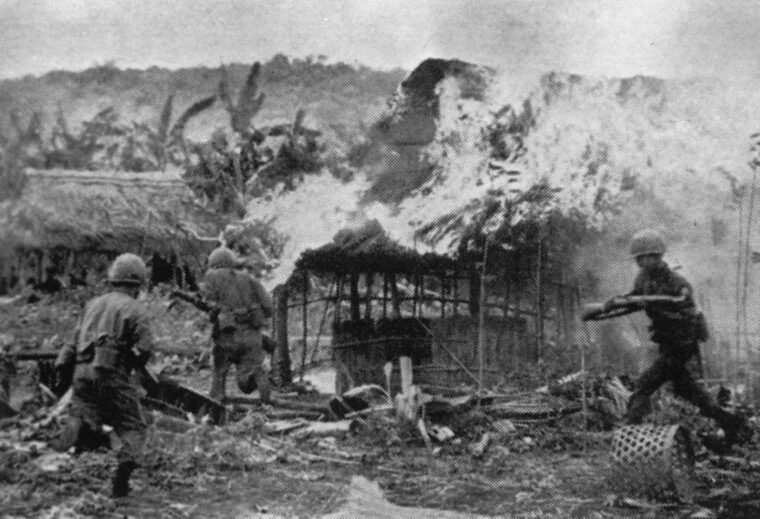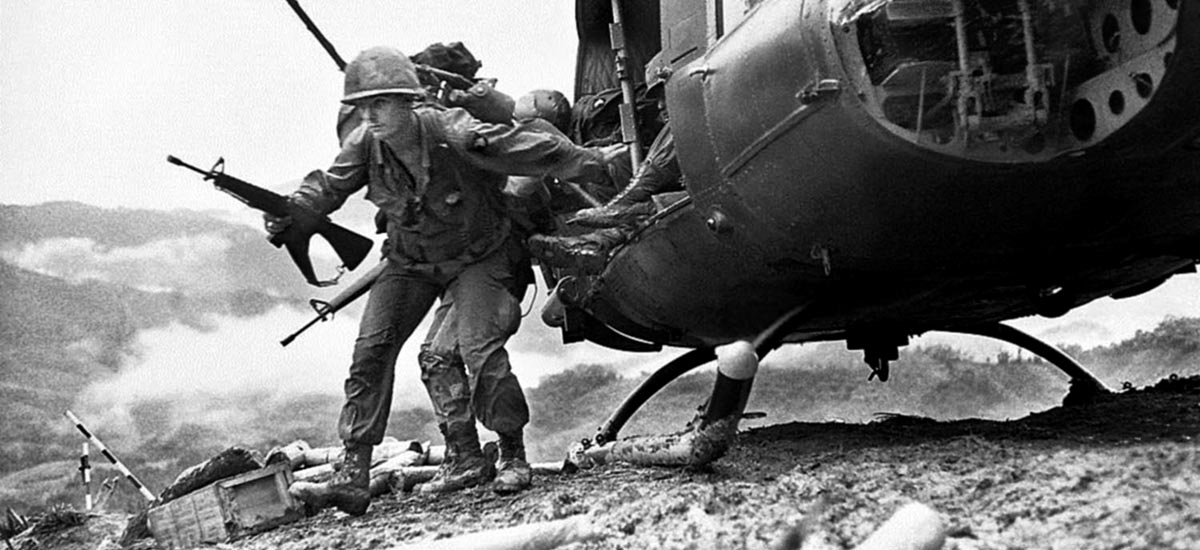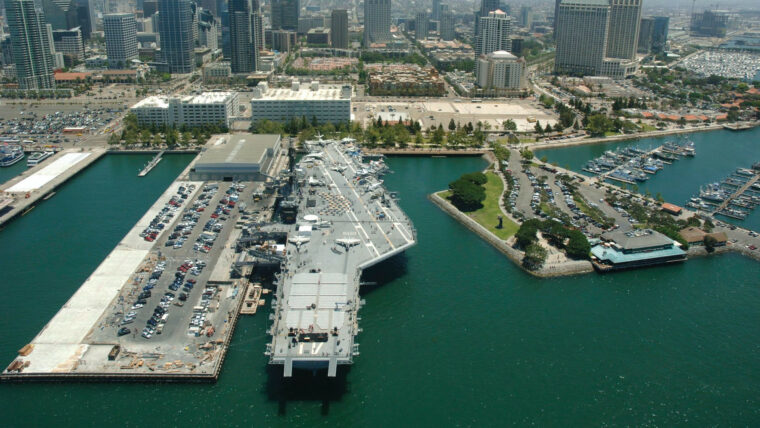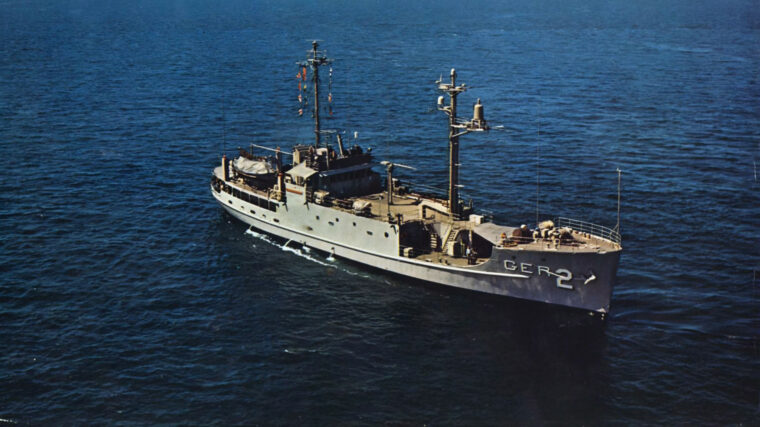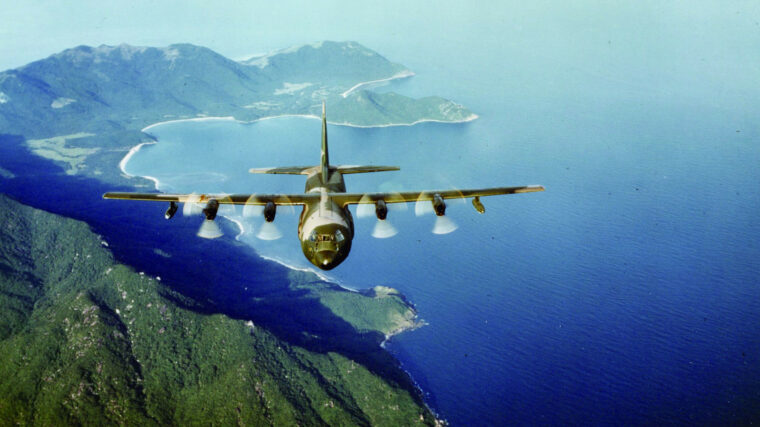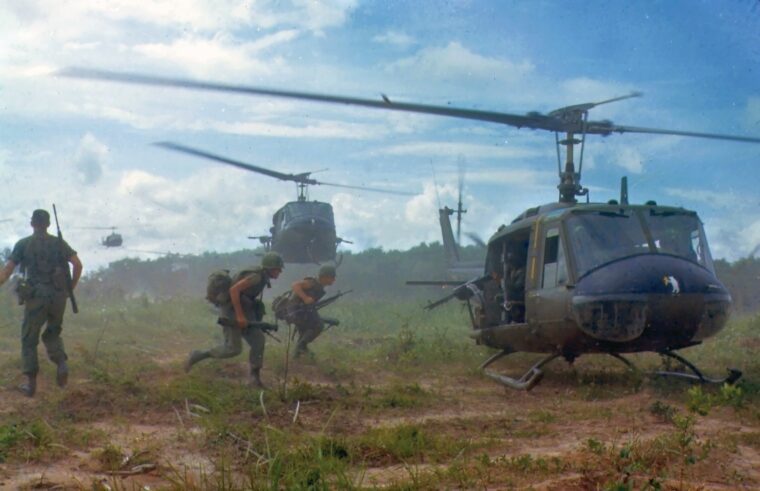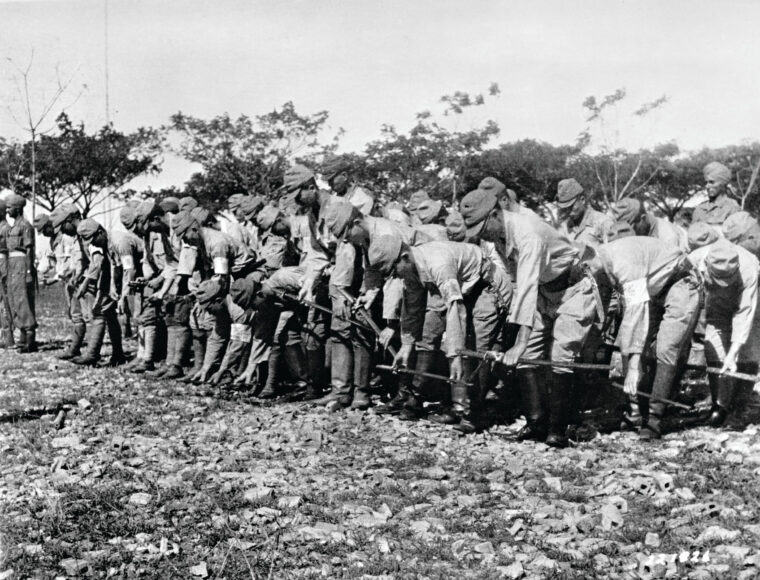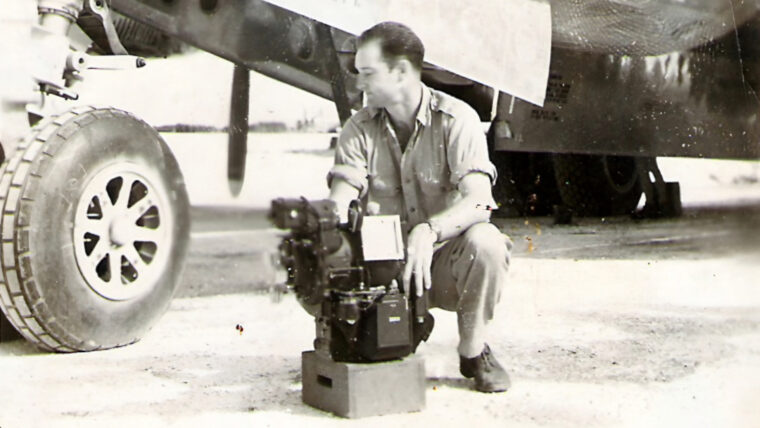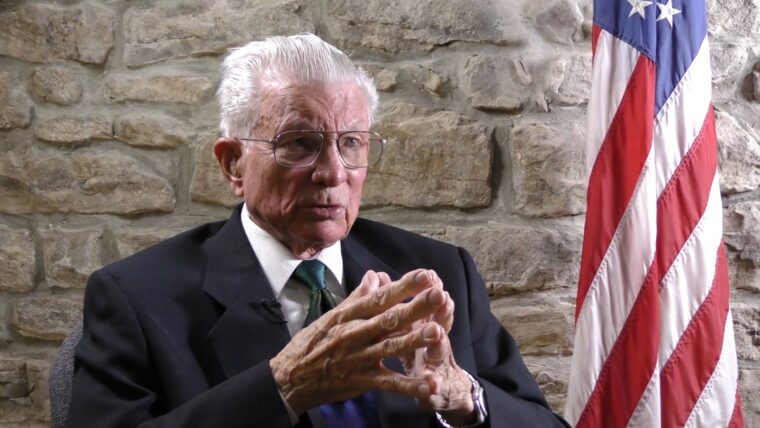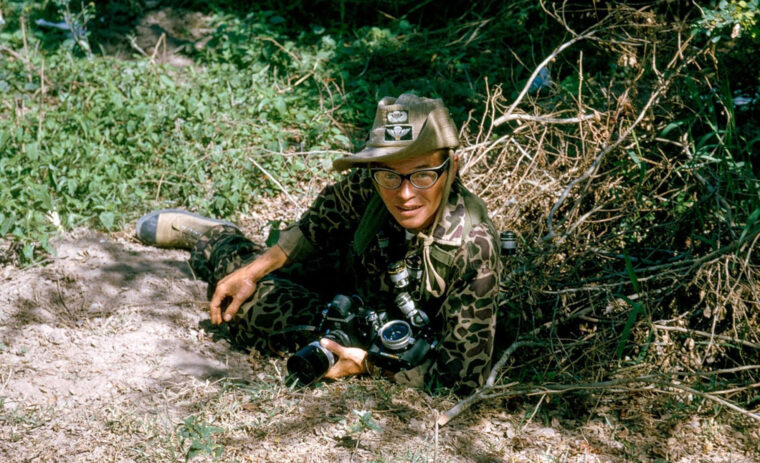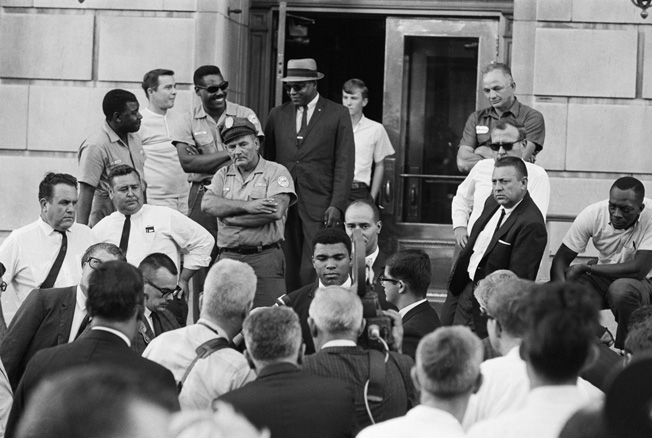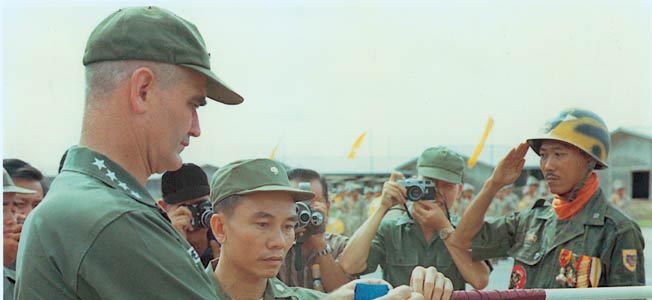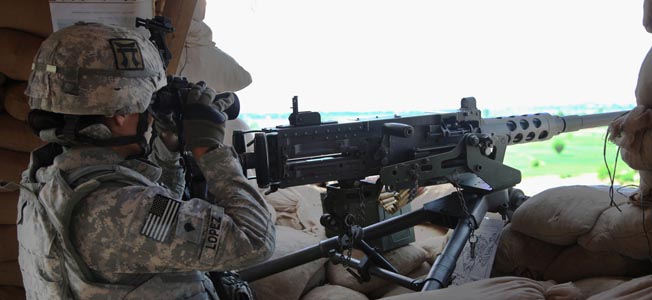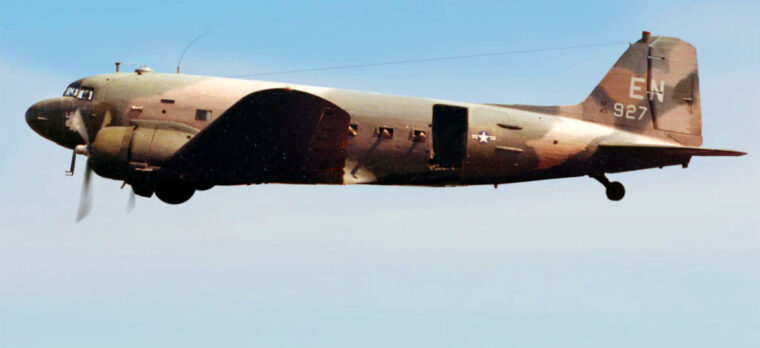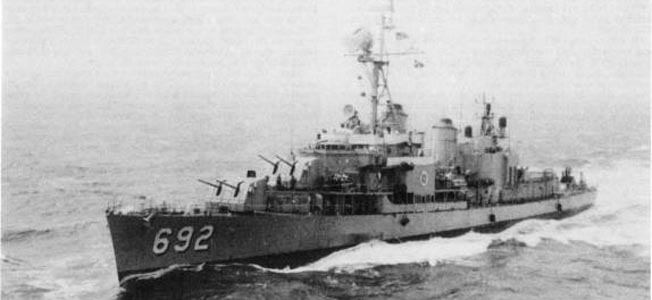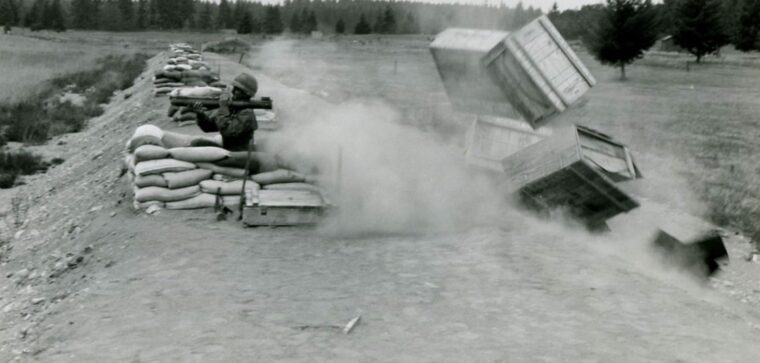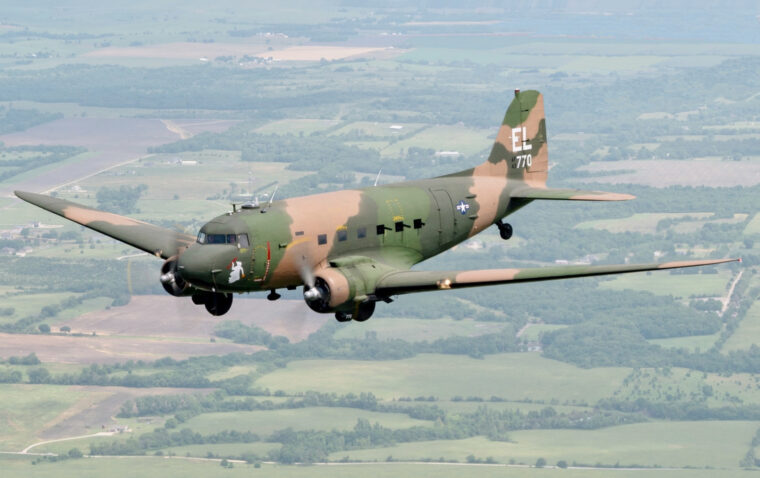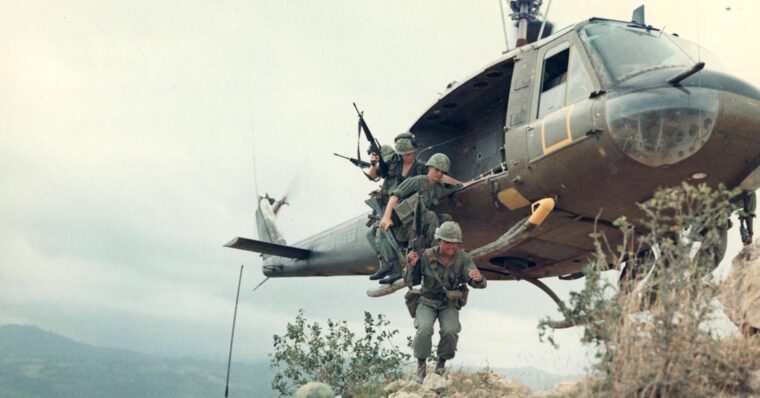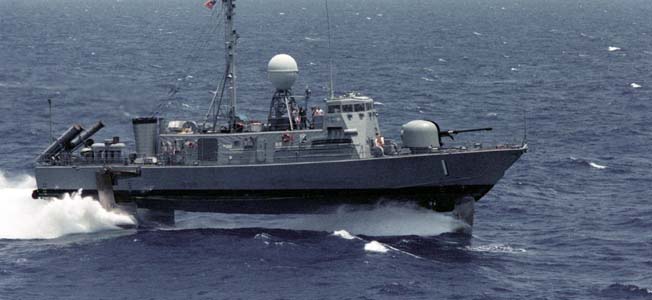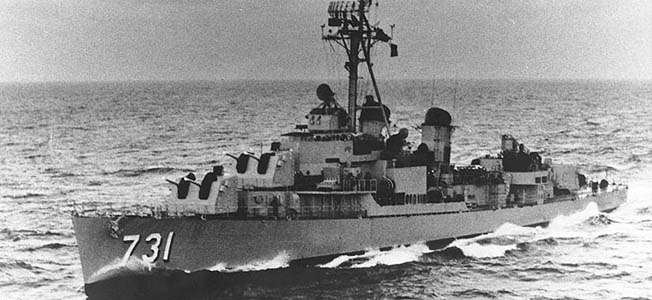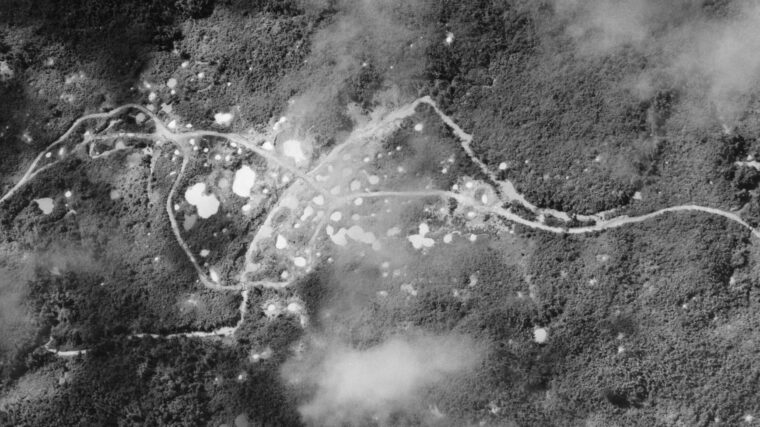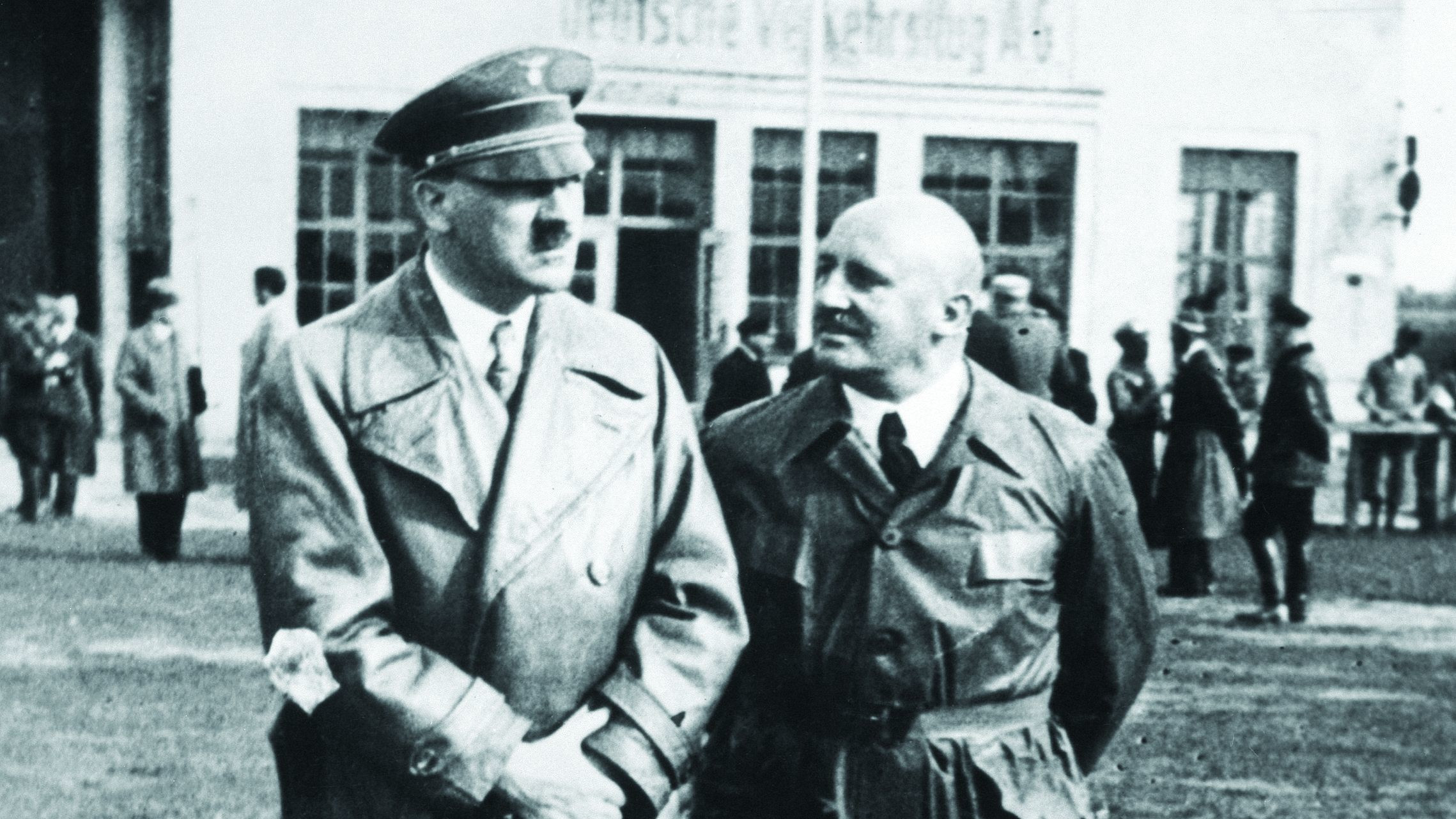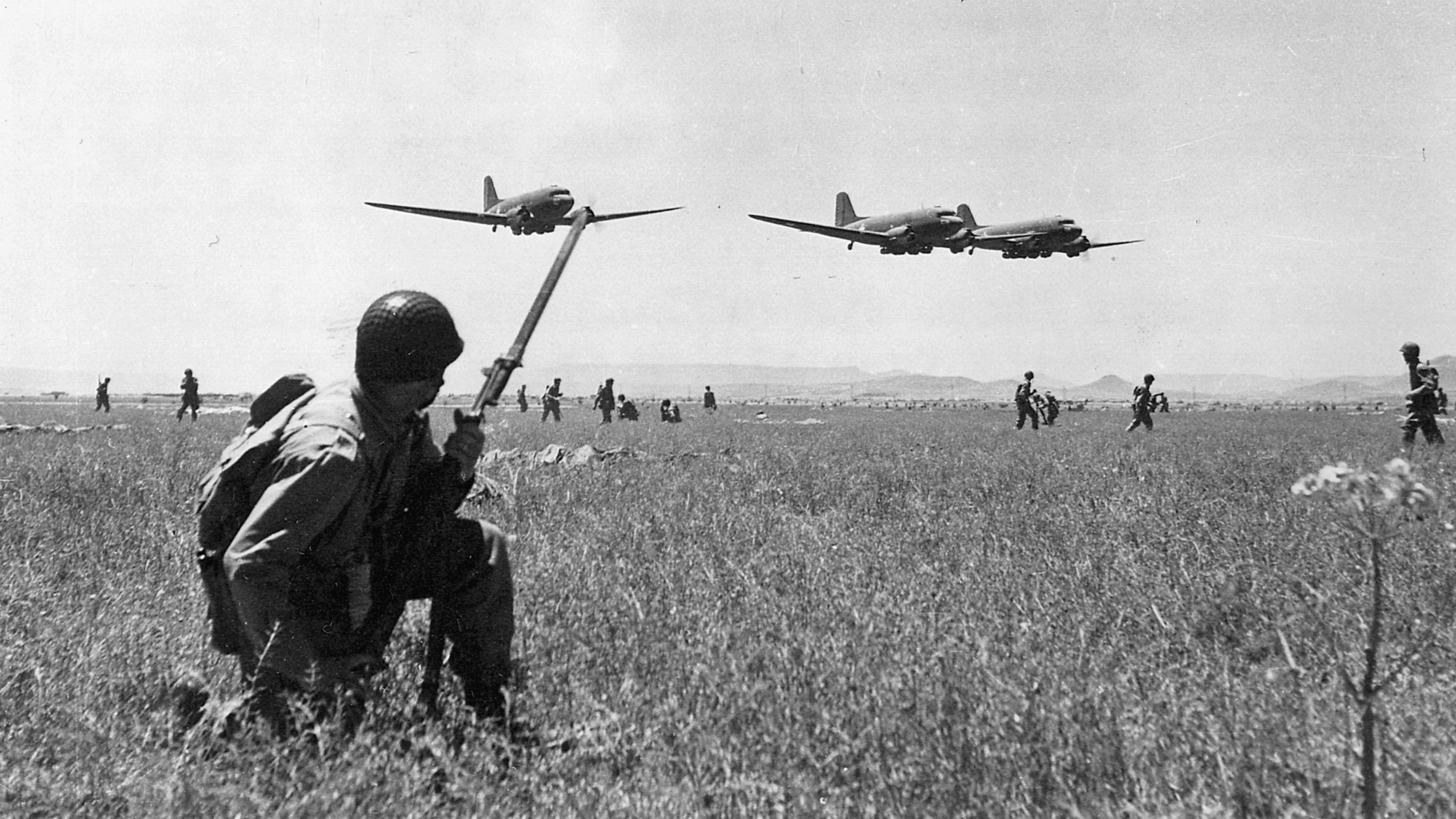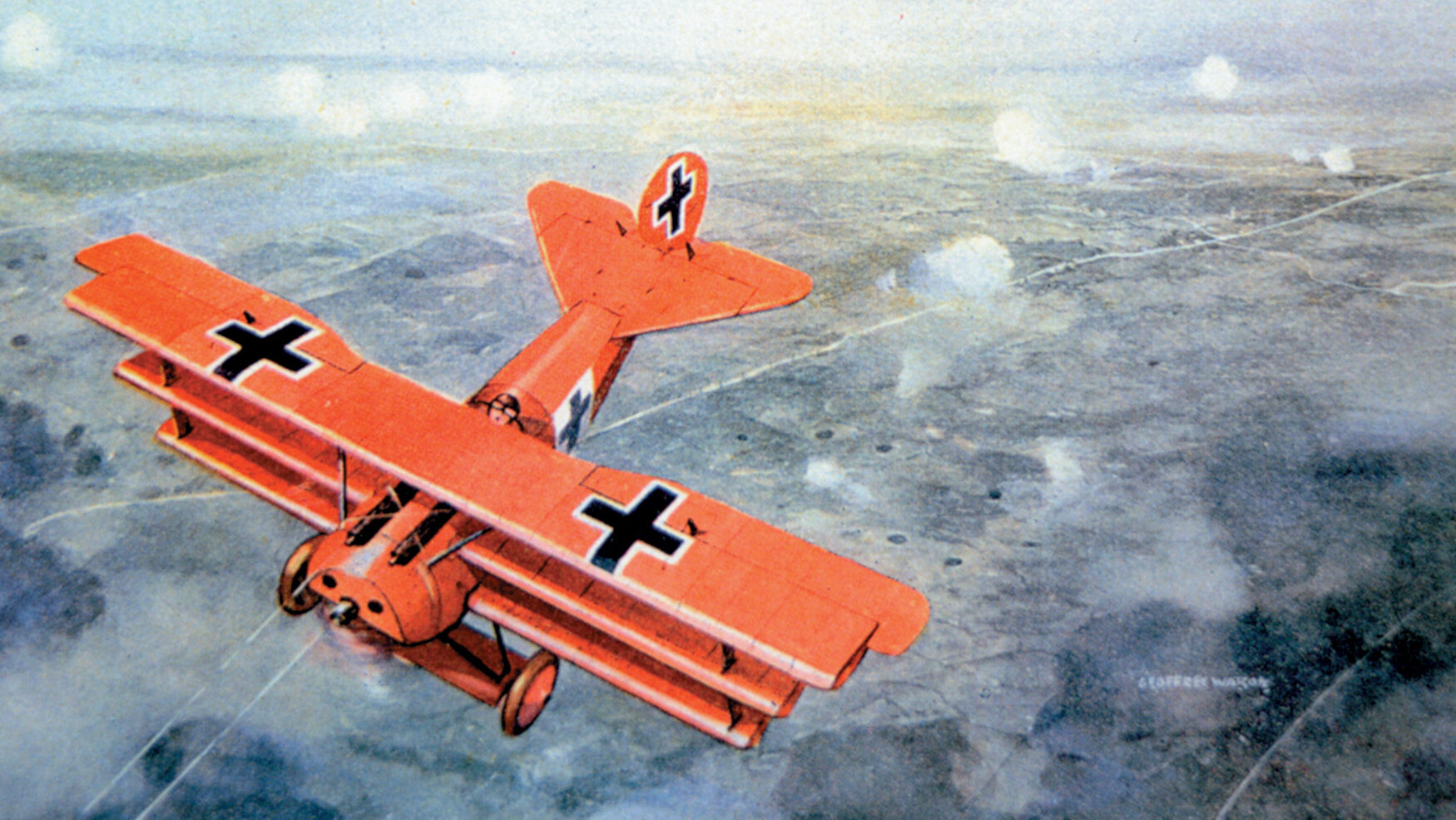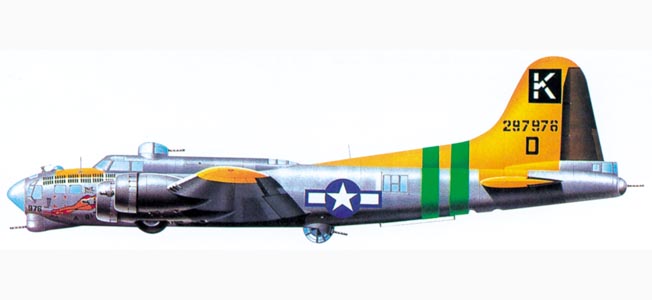Vietnam War
The Vietnam War began following World War II as the Viet Minh, a movement imbued with nationalism and communist philosophy led by Ho Chi Minh, sought to gain the country’s independence from French colonial rule. French involvement in the Vietnam War ended in 1954 following the disastrous defeat at Dien Bien Phu. However, the United States became increasingly embroiled in the effort to prop up the pro-Western government of South Vietnam in its continuing fight with the communist North and its insurgency, the Viet Cong. U.S. involvement in the Vietnam War escalated steadily during the 1960s, but eventually American military personnel were withdrawn in 1973. In April 1975, communist forces occupied the South Vietnamese capital of Saigon, unifying the country and ending the Vietnam War.
